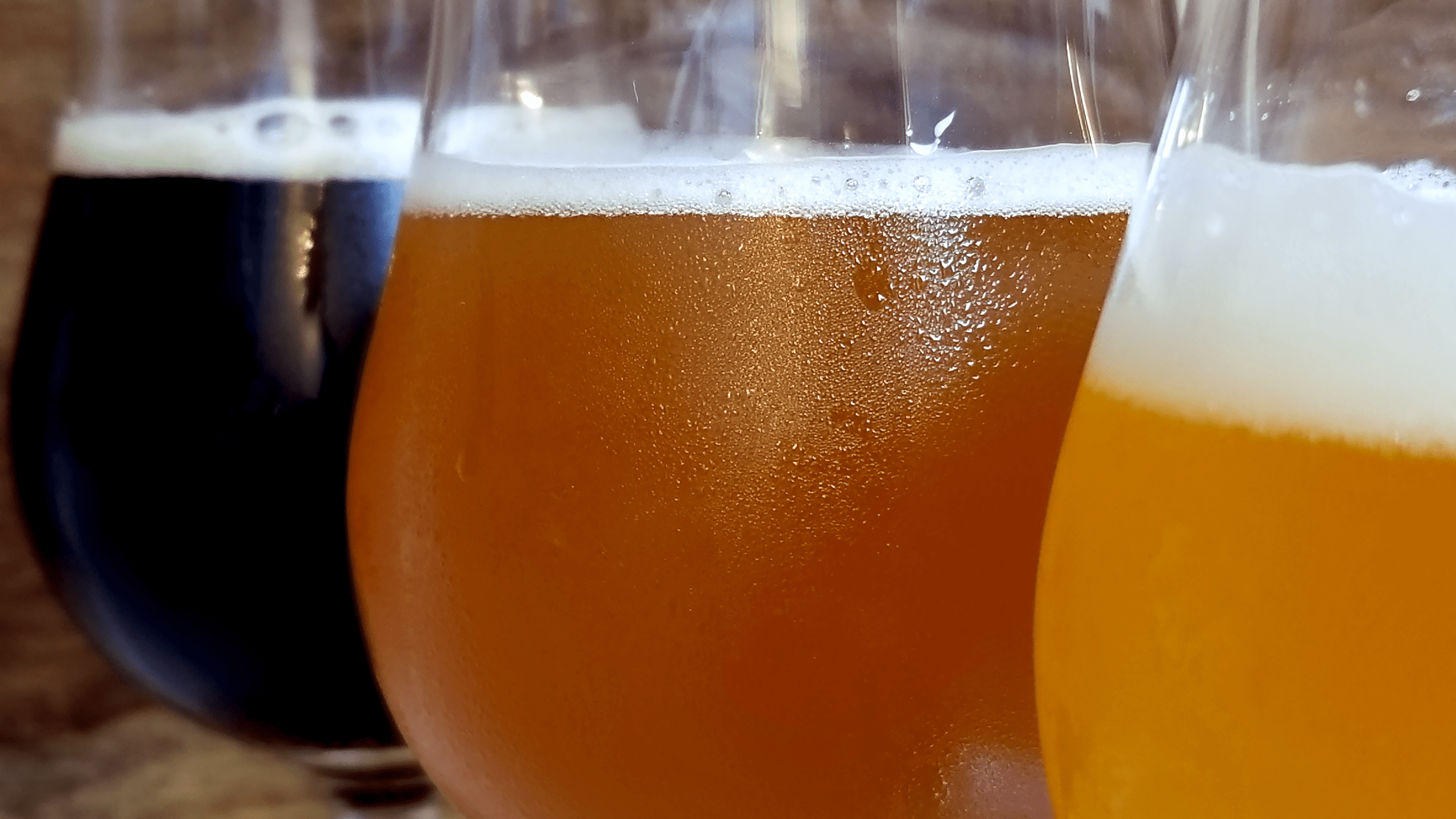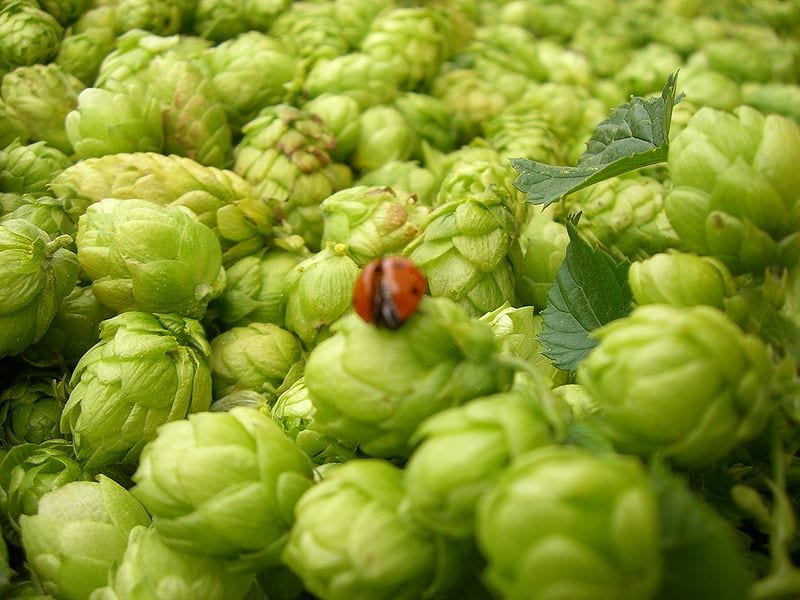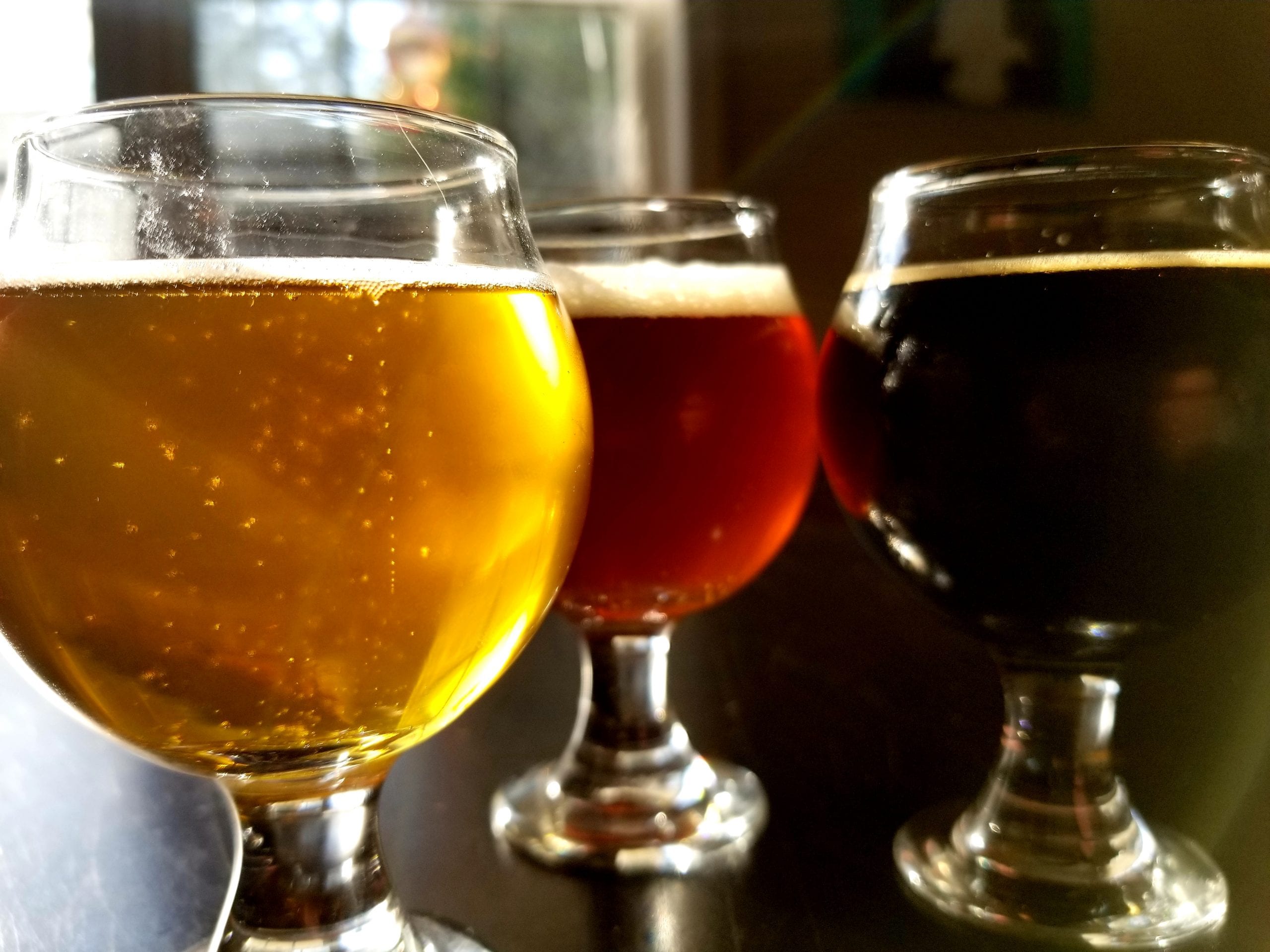
The Three Funketeers: Saving Beer from Traditional Fermentation!
Welcome back beer fans to the second to last article on the Science of Beer. We've covered water, grain, hops, and traditional fermentation, but now we'll focus on wild fermentation, a process as old as beer itself. A process in which wort is fermented using microbes found in the surrounding environment. These often include our




